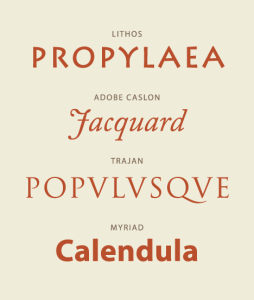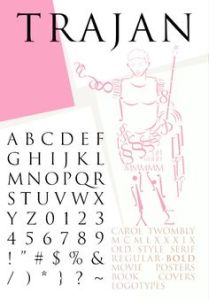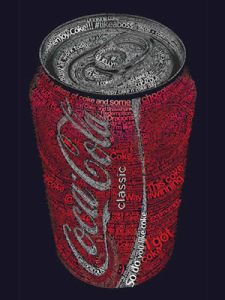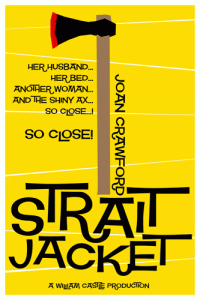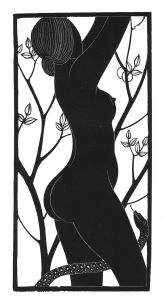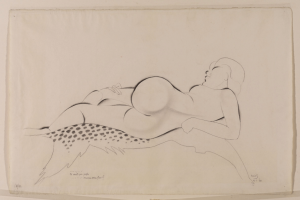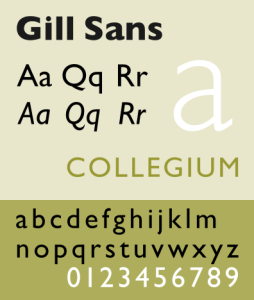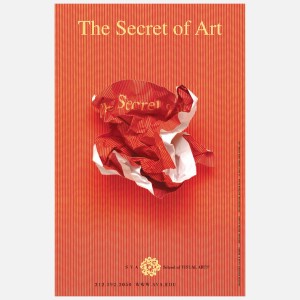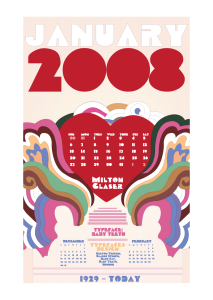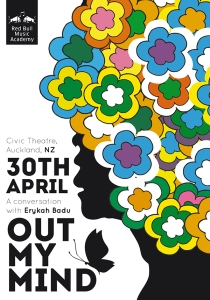Seymour Chwast was born in 1931, in New York City, and attended Cooper Union, where he studied illustration and design. He is highly regarded for a diverse body of work and profound influence on visual culture; hailed as having “led a major revolution in American illustration and graphic design during the late 1950s and early 1960s, triggering the shift from sentimental realism to comic expressionism, among other radical feats” (Heller, 2016). Along with Milton Glaser and Edward Sorel, he founded the Push Pin Studies in 1954, and is cited as having inspired generations of illustrators and designers, in terms of the exploration of “an eclectic range of stylistic and conceptual methods.” Glaser departed in 1975, and in 1985, the company was renamed The Pushpin Group, with Chwast remaining as director.
Over the course of six decades, Chwast developed and refined his design process; and engages notable clients including The New York Times, The New Yorker, The Wall Street Journal and Vanity Fair, as well as leading businesses, agencies and publishers in the United States and elsewhere. His designs and illustrations have been used in posters, packaging, record covers, advertisements, and animated films, as well as corporate and environmental graphics. He has created backgrounds for productions of “Candide” at New York’s Lincoln Center, and for “The Magic Flute”, performed by the Philadelphia Opera Company. Chwast is the author of over 30 children’s books, four graphic novels, and several typefaces.
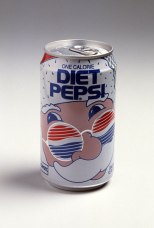 Seymour Chwast, Series 7: Pushpin Slides, Brand Design, ca 1980s-90s.
Seymour Chwast, Series 7: Pushpin Slides, Brand Design, ca 1980s-90s.
His work has been exhibited in major galleries and museums in the United States, Europe, Japan, Brazil, and Russia, including the influential “The Push Pin Style,” a two-month retrospective at the Louvre’s famed Musée des Arts Décoratifs. Chwast also has work in the permanent collections of the Museum of Modern Art and Smithsonian Design Museum, both in New York; as well as the Library of Congress and the Gutenberg Museum in Mainz, Germany. In 2015, Washington University’s Modern Graphic History Library acquired a complete collection of Chwast’s posters, intended for availability to students and the general public for research and study.
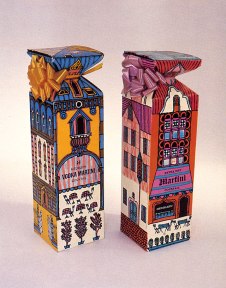 Seymour Chwast, Gift Box and Carton for Heublein Drink Mixes, Brand Design, ca 1950s.
Seymour Chwast, Gift Box and Carton for Heublein Drink Mixes, Brand Design, ca 1950s.
“It may seem trite to call Seymour a consummate artist. Yet he is consumed by art.” A member of the Art Directors Hall of Fame and a recipient of the AIGA Medal, Chwast also holds honorary PhDs from Parsons School of Design, and the Rhode Island School of Design. He is a frequent lecturer, with recent speaking engagements at Design Indaba, Offset and Point Design Conference; and resides in New York City with his wife, Paula Scher, a graphic designer and painter.
Works influenced/inspired by Chwast
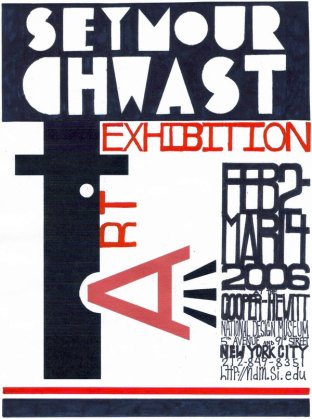 Matthew Alaio, Seymour Chwast Exhibition Ad, Advertising, 2006
Matthew Alaio, Seymour Chwast Exhibition Ad, Advertising, 2006
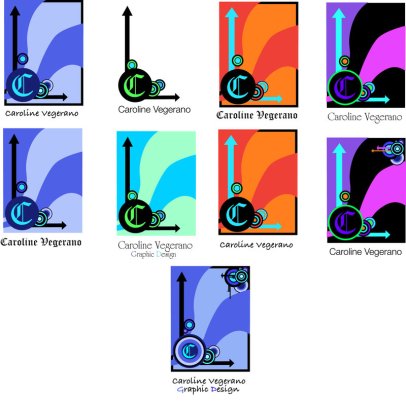
Caroline Vegerano, Logo Concepts, Personal Logo, 2009
References
About Seymour. (n.d.). Retrieved February 19, 2016, from http://www.pushpininc.com/about/seymour/
Heller. S. (2016). The Revolutionary Seymour. Retrieved February 24, 2016, from http://www.seymourchwastarchive.com/about/seymour/
Seymour Chwast. (n.d.). Retrieved February 24, 2016, from http://www.designishistory.com/1960/seymour-chwast/




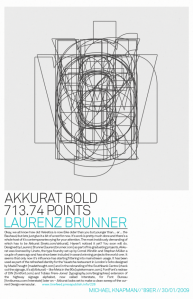
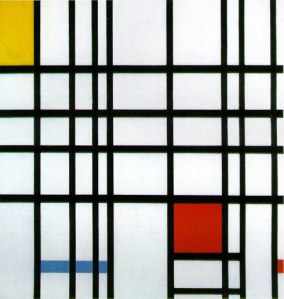 Piet Mondrian, Composition with Yellow, Blue, and Red, Painting, 1937-42
Piet Mondrian, Composition with Yellow, Blue, and Red, Painting, 1937-42

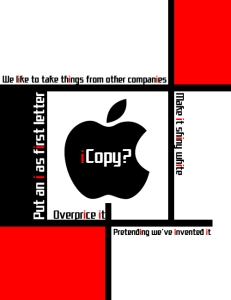
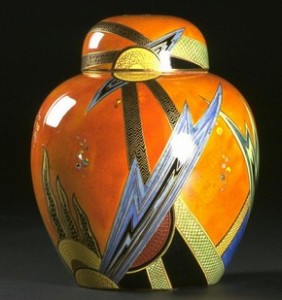 Enouch Boulton, Jazz jar and cover, Pottery, c. 1928
Enouch Boulton, Jazz jar and cover, Pottery, c. 1928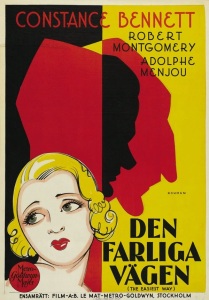
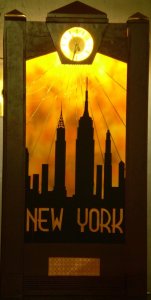
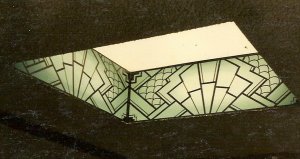


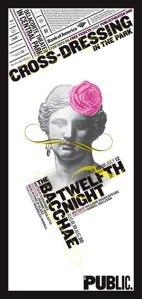
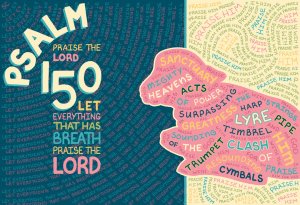
 Twombly, Mirarae, Font Specimen, 1984
Twombly, Mirarae, Font Specimen, 1984